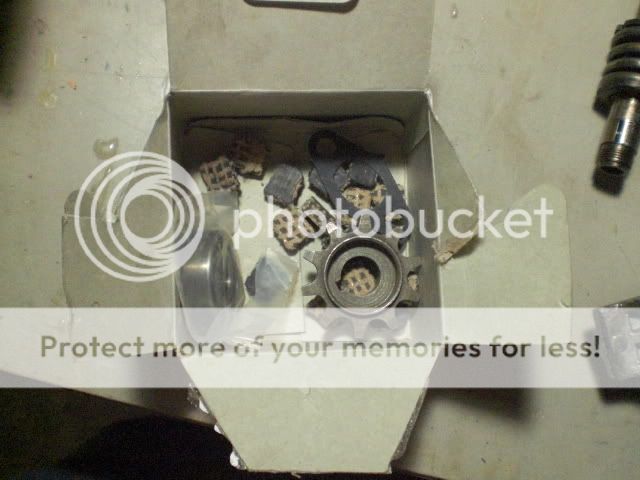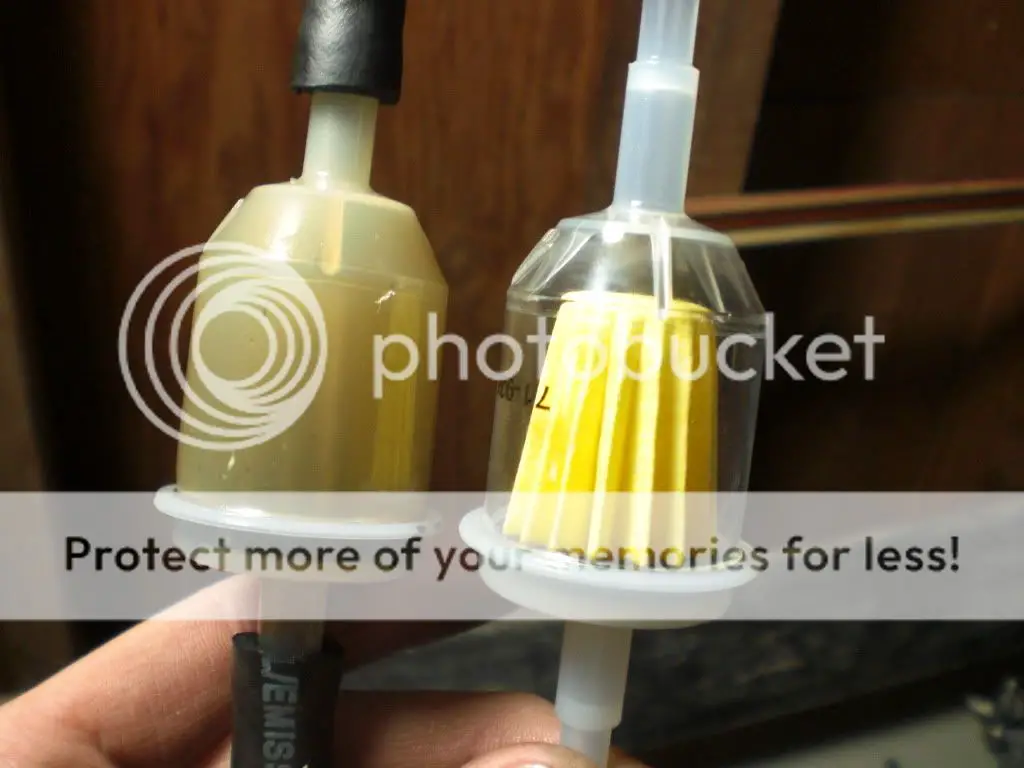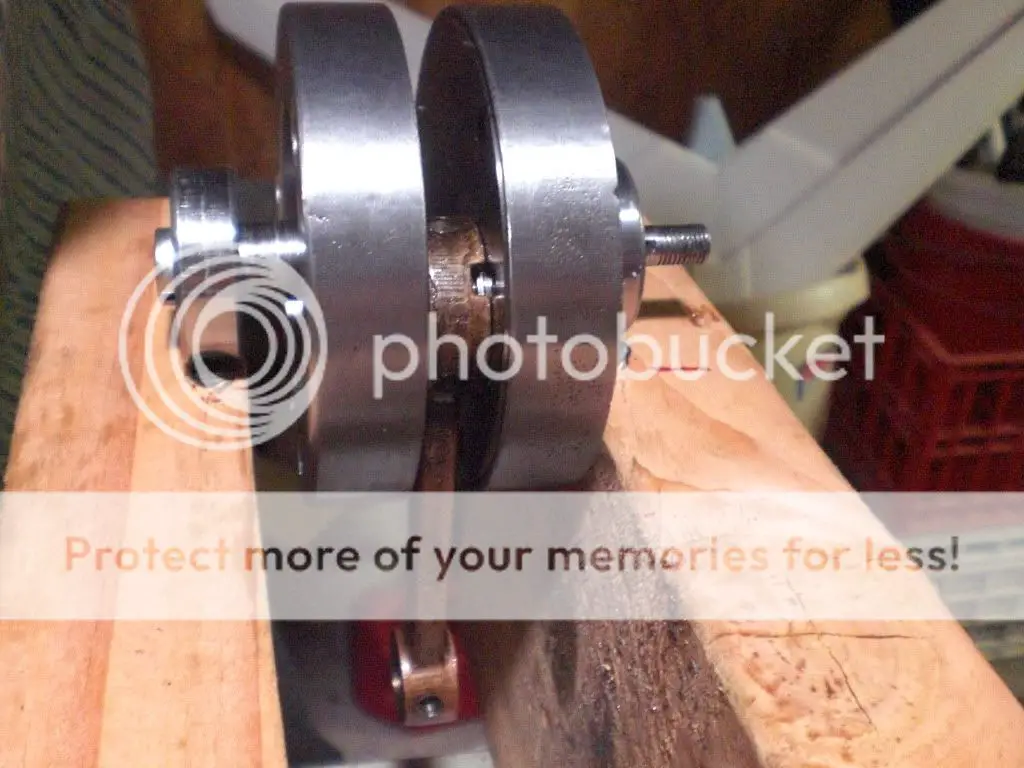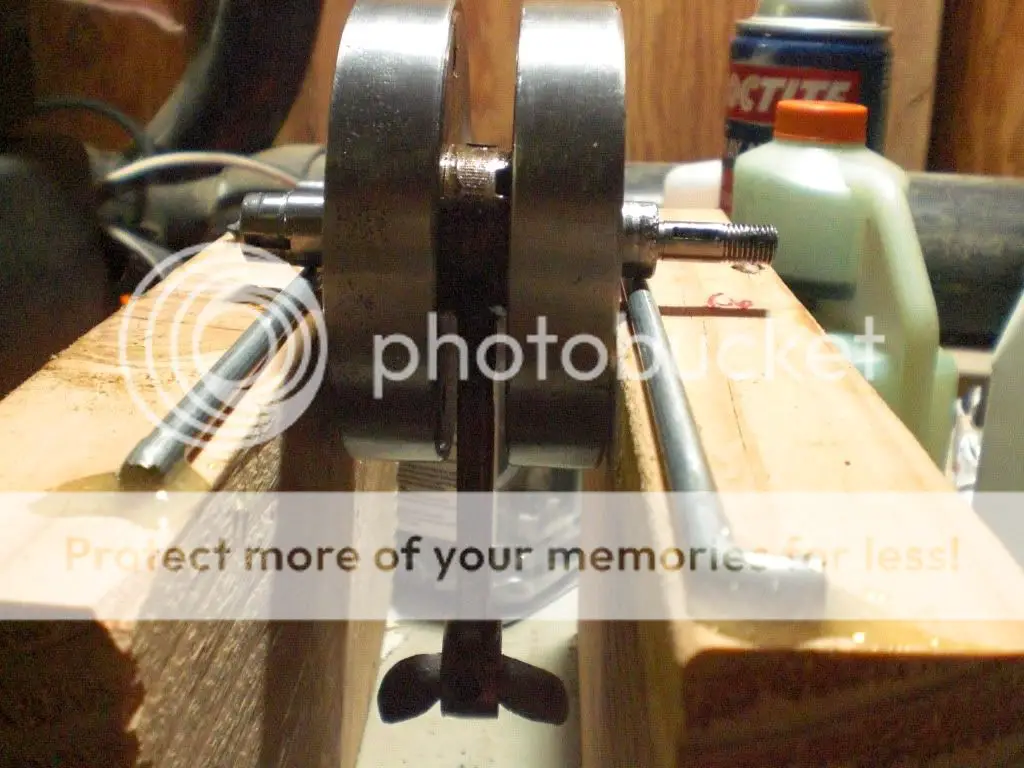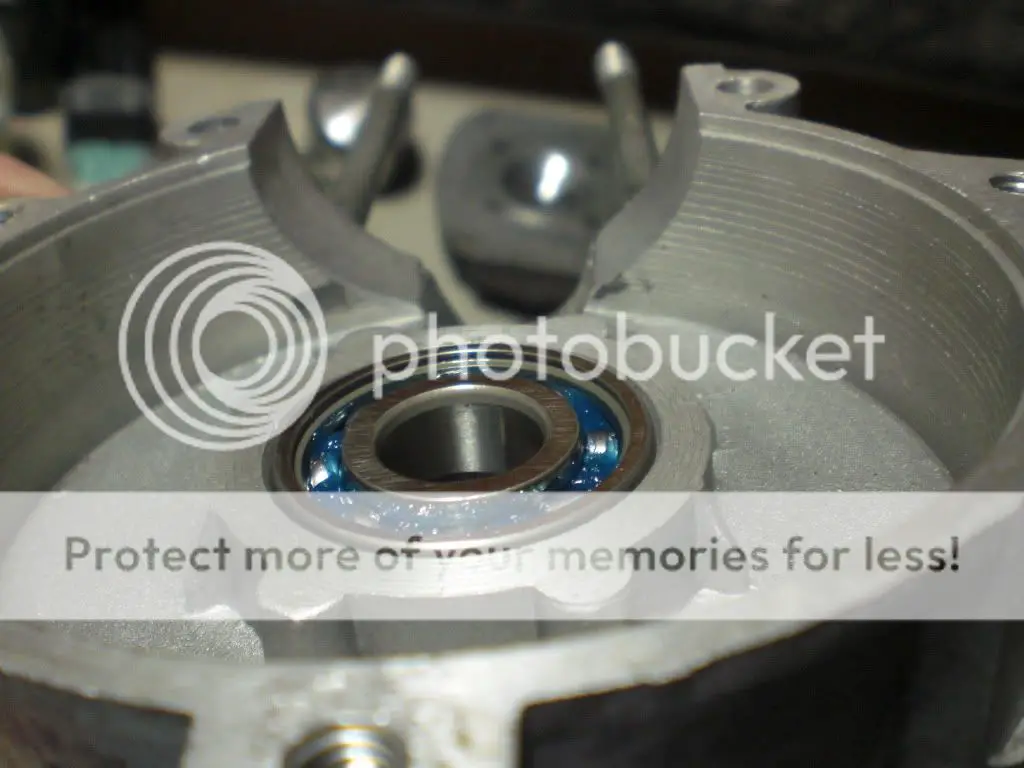So you want to balance a crank hu. Well... it’s easy. You’ll need a scale, drill, lead weight, and a second grade education. You got all that? Then let’s begin.
(you’ll need a scale for this i got mine at staples 3lb limit accurate to a gram)
Half way through the crank balancing process right now but the hard part (lol) is over.
Step one (involving removable fly weight cranks) mach the weight of each fly wheel. There is no reason one weight should be heavier than the other.
Left side
http://i1072.photobucket.com/albums/w364/reconchris/CIMG1277.jpg
Right side
http://i1072.photobucket.com/albums/w364/reconchris/CIMG1278.jpg
Step two to remove the weight from the fly wheel that is heaver evenly, through 3 equally spaced points on the fly wheel, drill holes of the same depth. This will ensure that you’re not setting off the balance of the fly wheel by trimming it down. ALSO! whenever taking weight off by drilling there is always only one face you should drill from and it is the original face that has been drilled at the factory. SECOND DO NOT DRILL A HOLE ALL THE WAY THROUGH THE FLYWEIGHT THIS WILL INCRESE THE VOLUME OF THE CRANK CASE. Although when you bolt the flyweight back onto the crank it will not seal the cavities you have drilled airtight, it will seal it well enough to prevent most air fuel mix from entering during its short compression cycle.
Before weight matching (red is were im drilling)
http://i1072.photobucket.com/albums/w364/reconchris/CIMG1280.jpg
After notice three evenly spaced holes (although both flyweights look the same you can see how much material I had to remove to get them to within one gram of each other, thank you china)
http://i1072.photobucket.com/albums/w364/reconchris/CIMG1282.jpg
http://i1072.photobucket.com/albums/w364/reconchris/CIMG1283.jpg
Step three is to follow the calculations provided by "Big-E" on this forum (
http://motorbicycling.com/f13/how-balance-crankshaft-34578-2.html). The instructions he has assumes that you have the ability to take the large end needle bearing and con rod off your crank before you balance it. Since I don’t have a hydraulic press I figured out a way to balance the crank without taking the bearing and con rod off. READ HIS POST PEFORE CONTINUING TO STEP FOUR!
Step Four- Now that you have read his post and you will have some idea of what I’m talking about do these steps to be able to balance your crank with bearing and con rod attached.
A. Take the complete weight of the connecting rod small end and the total weight of the piston and rings, piston pin, small end bearing and clips (for me it is 102g)
To find the weight of the small end of the con rod set it on a scale like this.
http://i1072.photobucket.com/albums/w364/reconchris/CIMG1292.jpg
B. Multiply the figure (102 grams for me), by your desired balance factor. For arguments sake, I’ll use a mid to high rpm balance factor figure of 57%
102g. x 0.57= 58.14g.
{ the balance factor is where the engine will hit its smooth balanced sweet spot in the rpm range. Low 50s% will set the sweet spot for low rpm’s were as high 50s to low 60s will have the engine run smoothest a high rpm’s. I’m using 57% as a balance factor because as I accelerate I want the ride to get smoother like a real single cylinder enduro would. However I’m not setting it so high that the sweet spot is unattainable, but it’s up to personal preference were you want the sweet spot to be }
C. Add the total weight of the large con rod end and large needle bearing to the balance factor figure of "B." 47.4g + 58.14g = 105.54g
Bob weight to use when balancing the crank shaft at 57% balance factor is 105.54g.
{ There is no way of finding the weight of the large con rod end and the large needle bearing without taking them off the crank. Because "Big-E" was so accurate when he said that the small end con rod and the piston assembly weighed 105 grams (mine weighed 102 grams) I'm going to trust that his measurement for the weight of the large con rod end and the large needle bearing are just as accurate, so for those two parts use the figure 47.4 grams. }
D. Now at this time you would use the bob weight and attach it to the crank pin WITH THE CON ROD AN NEEDLE BEARING OFF. But because you and I don’t have that luxury how are we going to balance the crank with that pesky unknown weight of the bearing and con rod stuck on there?
The answer is you do know the weight of the con rod and bearing. First you know the weight of the small end of the con rod (because you measured it properly...right (my con rod small end weighs 35g) and second you know the weight of the large end of the con rod and bearing from "Big-E" 47.4g. So add those two measurements together and you get the total weight of the con rod and large needle bearing. 35g+47.4g=82.4g
So the con rod and bearing weigh 82.4g. Since it is already perfectly attached to the crank pin you can use it as part of the bob weight. just subtract 82.4g from the bob weight of 105.54g and what is left over is 23.14g.
105.54g-82.4g=23.14g
Make a weight that weighs the same as the reaming bob weight but can fit in the small end of the con rod.
For me I used .22 cal. bullet heads tell I had the correct weight.
http://i1072.photobucket.com/albums/w364/reconchris/CIMG1285.jpg
Then I melted them down using my striker for my blow torch as a crucible
http://i1072.photobucket.com/albums/w364/reconchris/CIMG1284.jpg
Then I reweighed them just to make sure
http://i1072.photobucket.com/albums/w364/reconchris/CIMG1286.jpg
Then I took channel locks and crushed the led weight until it fit in the small end of the con rod
E. The crank will be balanced when it can be rotated to any orientation without rolling to a heaver weighted side. If, after putting the weight in the small end of the con rod, the rod orientates itself in the down position then you know you have to take weight off the crank pin side of the fly wheel. The opposite applies if the crank pin orientates itself in the up position.
For me I have to take off more weight on the crank pin side
http://i1072.photobucket.com/albums/w364/reconchris/CIMG1288.jpg
Just buy luck I know almost exactly how much weight I have to remove because when I remove the bob weight from the con rod it balances perfectly. So take the bob weight, weight and cut the number in half. Then remove that amount of weight from each fly weight (on the crank pin side). for me it should be pretty close to 11g per side but I'm going to start out with 9g a side and work up from there until I get it perfect.
Pic of it balancing bobless
http://i1072.photobucket.com/albums/w364/reconchris/CIMG1289.jpg
So this is where I stopped tonight I’ll remove the fly weights and balance it tomorrow.
Remember although this post is long and may seem complicated I am balancing my crank with nothing more than a scale, drill, lead weight, and elementary math. Read this post a few times if you don’t get it the first time, it will sink in and make sense. (THIS IS EASY)



